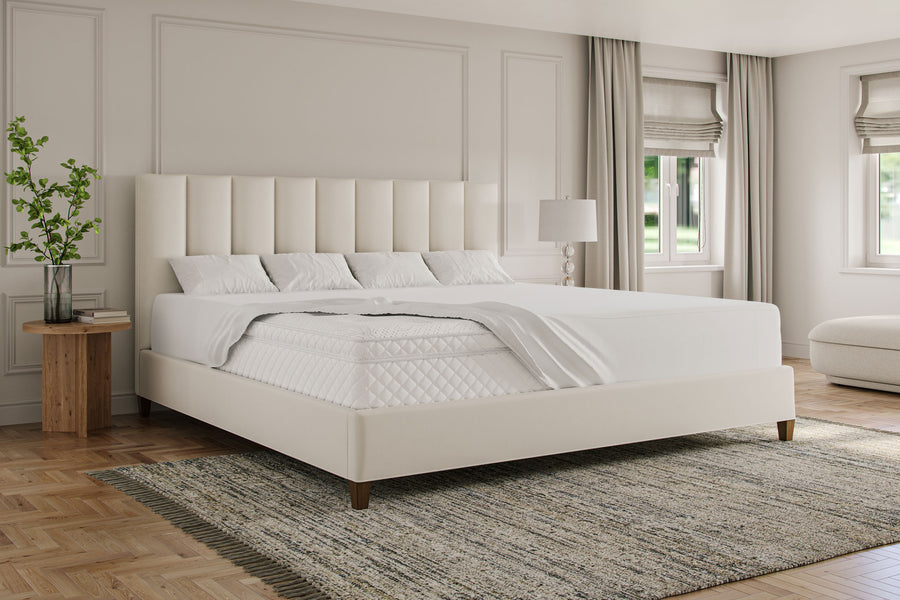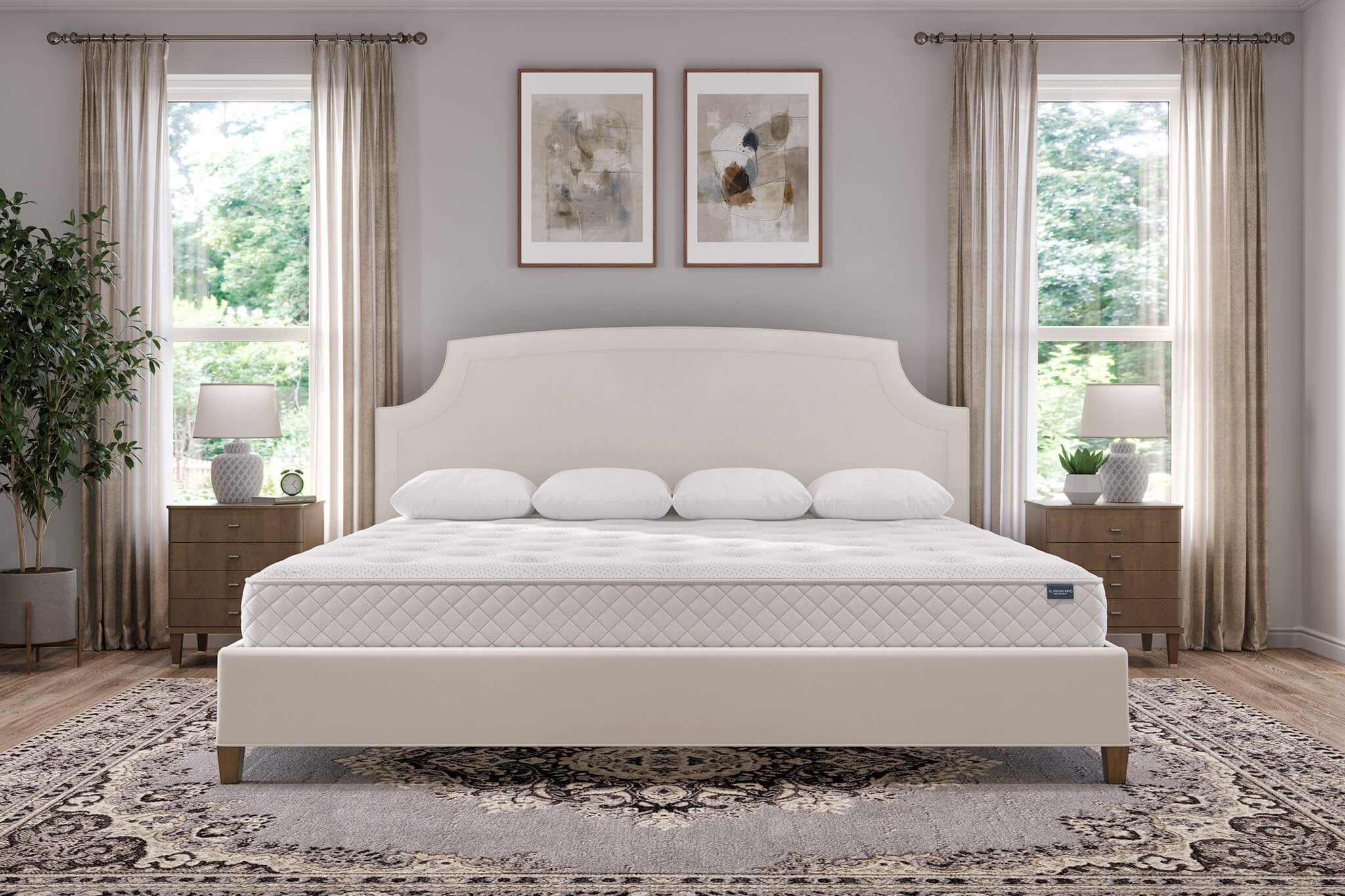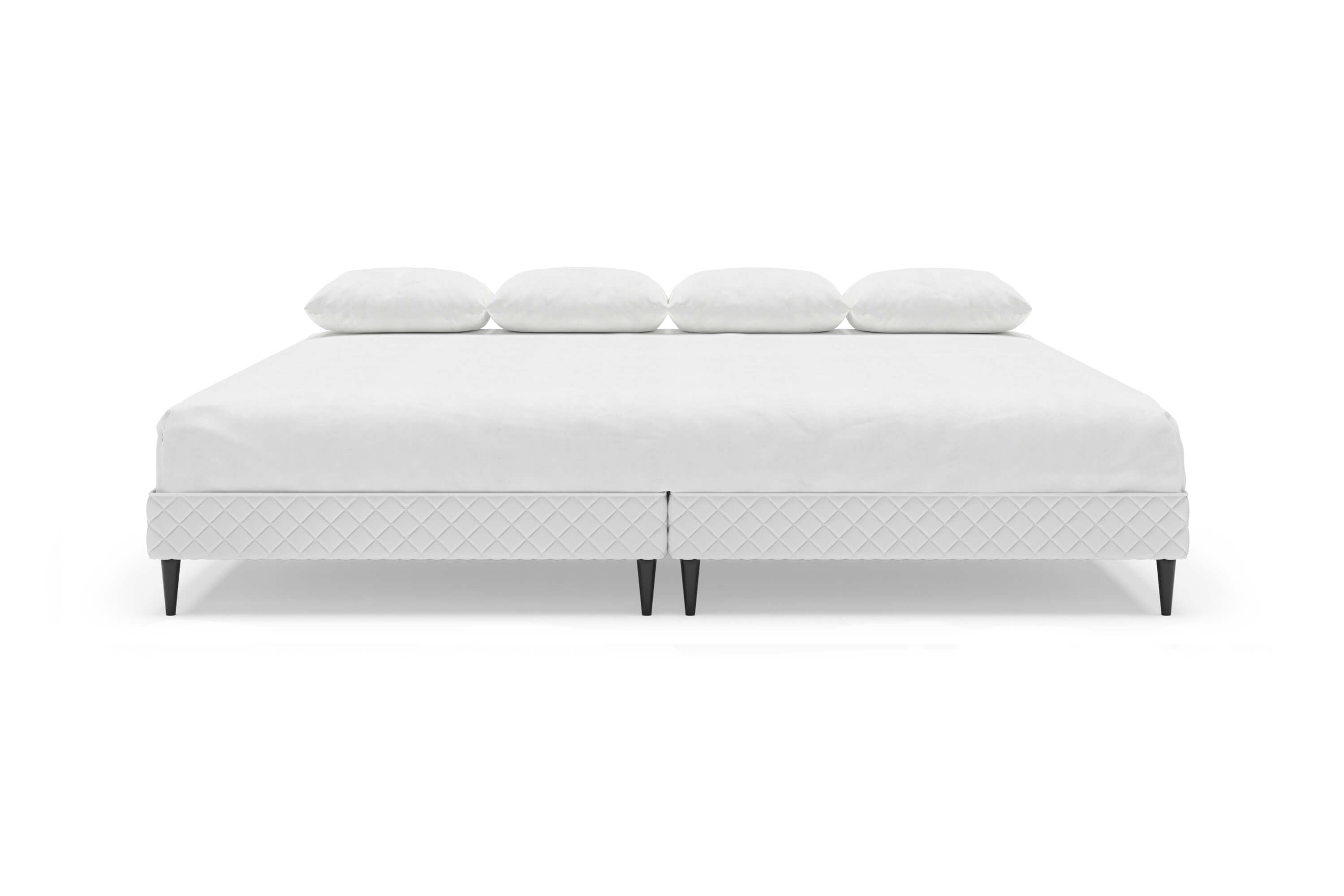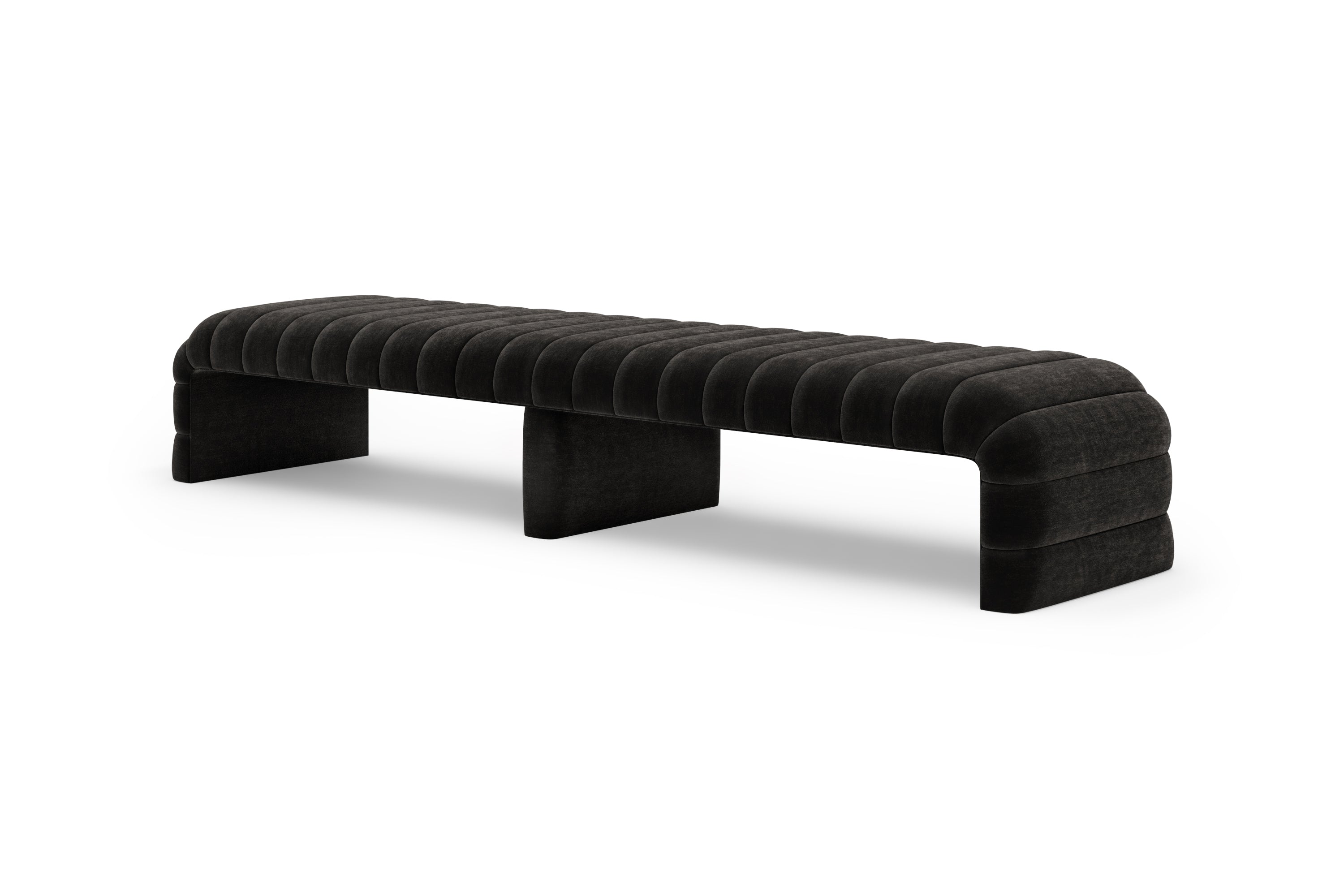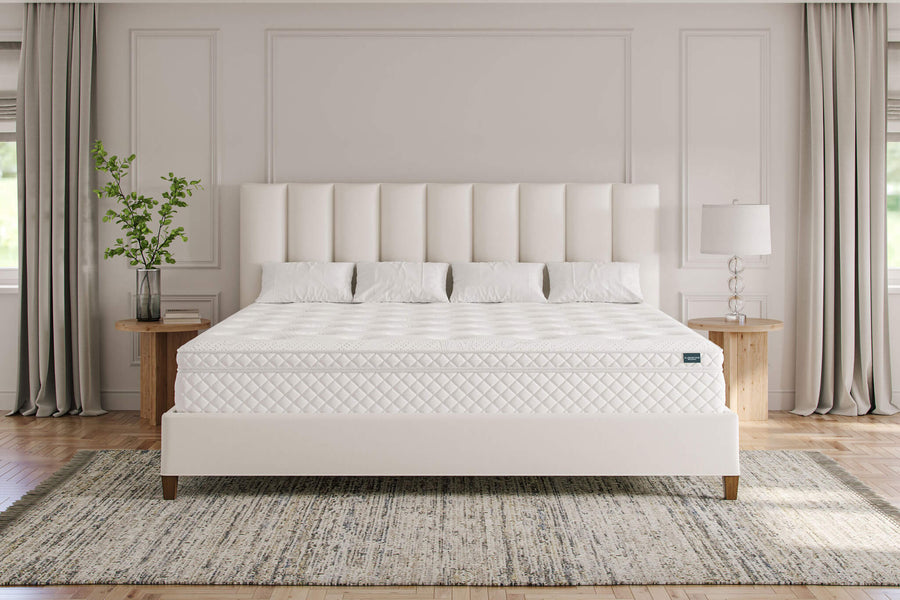Alaskan King Bedding: Tips for Finding the Perfect Oversized Sheets & Linens
Oversized mattresses like the Alaskan King offer spacious sleep surfaces where the whole family can sleep together. These giant beds promise nights filled with shared dreams and cherished moments, but they are only the beginning. If you want to enjoy unparalleled comfort, you need to find the fitting oversized bedding.
Keep in mind that most stores only have standardized bedding options, so fitting an Alaskan King bed with appropriately sized sheets and linens can be challenging. But don’t worry; some giant mattress manufacturers like Alaskan King Bed Company also specialize in crafting high-quality oversized bedding.

In this blog post, we want to dive deeper into Alaskan King bedding and give you some tips on how to find the best oversized sheets, comforters, duvet covers, and more. So, get ready to learn about different materials, waves, and the art of choosing the ideal oversized bedding.
Why Oversized Bedding Matters
Using standard-sized bedding on your Alaskan King mattress is like trying to fit a jigsaw puzzle piece into the wrong spot – it’s awkward, uncomfortable, and simply doesn’t belong there. Oversized bedding matters because it’s the missing puzzle piece that completes the ultimate comfort of your oversize mattress.
Inadequate bedding can lead to restless nights and tangled sheets as you and your co-sleeping companions compete for a comfortable spot. Oversized bedding prevents this nocturnal battlefield and adds a layer of plushness to your sleeping experience.
In addition, oversized bedding is not just about size; it’s about creating a comfortable and visually appealing bedroom. It’s the solution that ensures your Alaskan King bed fits perfectly into your life.
Types of Oversized Bedding for Your Alaskan King
Your Alaskan King mattress is incomplete without the comfort and luxury of oversized bedding. Let’s explore the most common types of oversized bedding that can elevate your sleep experience to new heights.
Oversized Sheets
Oversized sheets are the foundation of your bedding ensemble. They offer generous dimensions that allow you to tuck them securely around your Alaskan King mattress without fear of them slipping off in the middle of the night. These giant sheets ensure a snug fit, creating a smooth surface for a comfortable night's sleep.
Oversized Comforters and Duvets
A comforter and a duvet are similar in that they both provide warmth and are used as covers for your bed. However, they are not the same thing.
A comforter is a one-piece, thick, quilted blanket filled with insulation. In comparison, a duvet is a soft, often white, removable cover filled with down, feathers, or a synthetic alternative, and it requires a separate insert for warmth.
The great news is that oversize comforters and duvets offer extra width and length, providing suitable coverage for your Alaskan King bed and eliminating the need for nightly blanket wars.
Oversized Duvet Covers
An oversized duvet cover can accommodate your large comforter or duvet and add a touch of style to your bedroom. These covers often feature attractive designs and patterns, allowing you to personalize your sleep space while keeping your giant comforter protected and clean.
Oversized Mattress Protectors
Let’s be honest – getting an Alaskan King mattress isn’t cheap. That’s why you need to protect your investment with an oversize mattress protector. These specialized protectors are designed to fit your mattress perfectly, shielding it from spills, allergens, and wear and tear while ensuring a comfortable and uninterrupted sleep.
How to Choose the Right Materials for Your Alaskan King Bedding
The material of your Alaskan King bedding can make or break your sleeping experience. After all, you want to be as comfortable as possible in your spacious sleep sanctuary. And if something itches or feels too hot, it can make it impossible to fall asleep.
Let’s explore the advantages and disadvantages of the most common bedding materials to help you find the perfect fit based on your preferences.
1. Cotton
Cotton sheets are natural and breathable, feeling soft against the skin and providing year-round comfort. It’s also durable and easy to maintain, which makes it the most popular option for bedding. A slight disadvantage is that cotton may wrinkle easily and require regular ironing for a crisp look.
2. Bamboo
Bamboo bedding is hypoallergenic, moisture-wicking, and silky-smooth. This natural material offers excellent breathability, which makes it ideal for hot sleepers. So, bamboo sheets are a perfect choice if you have problems sleeping too hot or sweating at night.
However, keep in mind that bamboo bedding can be more expensive compared to other options. But it’s all worth it if it provides the sleep experience you deserve.
3. Linen
Linen is a highly breathable, moisture-wicking, and naturally cooling material, which makes it perfect for warm climates or hot summer months. It has a unique texture that becomes softer with each wash, so people often enjoy their sheets for many years.
The disadvantages are that linen bedding can be pricier than other alternatives and wrinkles easily.
4. Silk
Silk is an incredibly luxurious and gentle material that feels great on the skin. It regulates temperature well and is naturally hypoallergenic, which is excellent for people with allergies.
On the other hand, silk bedding can be quite expensive and requires special care. While silk can be pretty strong, it is more delicate and prone to damage compared to cotton or bamboo.
5. Microfiber
Microfiber bedding is budget-friendly, durable, and easy to maintain. It’s resistant to wrinkles, which makes it a low-maintenance option.
However, many people don’t like using microfiber bedding because it’s not as breathable as natural options like linen, cotton, or bamboo. This material can trap heat and even cause irritations in those with sensitive skin.
The Importance of Weaves and Thread Count
Weaves and thread count impact the feel, durability, and breathability of your oversized sheets and linens, which makes them pretty important.
A weave in bedding refers to the specific pattern and method used to intertwine the threads or fibers to create the fabric. There are many different types of weaves, but here are a few of the most common ones:
- Percale: Percale is a tightly woven, plain weave. It has a crisp and matte finish, which makes it feel cool and breathable against the skin. These sheets are known for their durability and smooth texture.
- Sateen: Sateen is another type of weave known for its soft and silky-smooth surface. It has a subtle sheen and is woven in a way that exposes more thread on the surface. Sateen sheets are luxurious and often feel warmer than percale sheets.
- Twill: Twill is a diagonal weave pattern that creates a textured and durable fabric. It’s less common in bedding but is known for its strength and longevity.
- Jersey: Jersey is a knit fabric rather than a woven one. It’s stretchy and feels soft and cozy, similar to a favorite T-shirt. Jersey sheets are comfortable and breathable, making them suitable for all seasons.
- Flannel: Flannel is a napped fabric known for its warmth and softness. It’s often used in colder weather because it’s perfect for getting cozy in the winter.
- Jacquard: Jacquard weaving creates intricate patterns or designs on the fabric’s surface. Jacquard sheets often have a luxurious appearance and texture, making them a perfect decorative choice.
In the past, many people believed that a higher thread count in bedding equated to superior quality and luxury. The prevailing notion was that the more threads per square inch, the better the bedding. However, we now know that thread count alone isn’t the only important factor. Instead, the quality of the fibers used in the fabric is more crucial. Premium materials like Egyptian cotton or high-quality linen can provide a more luxurious and comfortable sleep experience than a high thread count alone.
That’s why you should aim for a thread count of 300 to 600 threads per square inch. This range offers a perfect balance between comfort and durability, which ensures your bedding remains cozy and long-lasting.
Custom Bedding Maintenance and Care
You need to properly maintain and care for your oversize bedding to ensure continued comfort and longevity. The most important thing is to follow the manufacturer’s care instructions because each material has specific requirements.
The general recommendation is to use mild detergent and a gentle cycle to preserve the fabric’s quality. You should also avoid high heat when drying because it can damage the fibers. So, a low-heat setting or line-drying your oversized bedding are the best options.
Address any small problems or tears promptly to prevent them from becoming more significant. Lastly, store your oversized bedding in a cool, dry place away from direct sunlight to prevent discoloration and deterioration.
By following these care guidelines, you’ll keep your Alaskan King bedding in top condition, ensuring a comfortable and inviting sleep environment for years to come.
Where to Find Oversized Bedding for Your Alaskan King Mattress
If you’re looking for Alaskan King bedding, you have three primary options:
- Bedding stores specializing in larger sizes
- Online retailers offering a diverse range of choices
- Custom bedding retailers allowing personalized selections to match your preferences
At Alaskan King Bed Company, we focus on quality and convenience, and our oversized sheets, comforters, and mattress protectors come in all six Alaskan King sizes. Each of our bedding selections is hand-crafted to perfection, fitting flawlessly on the Alaskan King mattress and ensuring you have the most comfortable sleeping experience.
Check out our sheet sets, The Duvet Comforter, and Mattress Protector.


